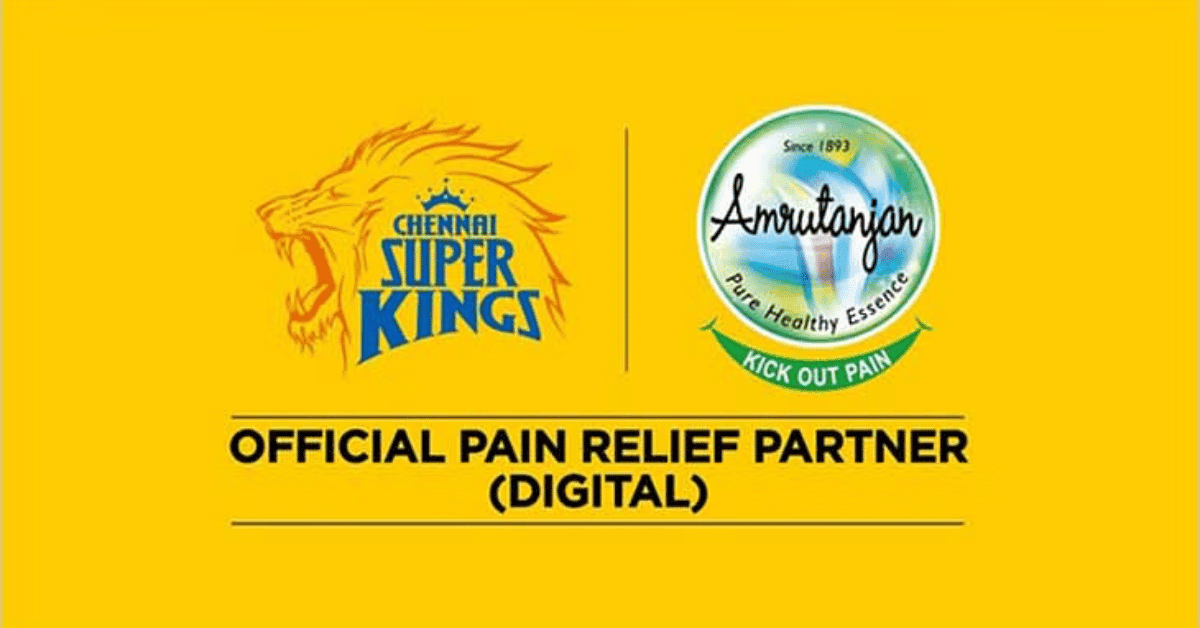
Author: venky
A Digital Junkie, Brand Consultant & Solutions Architect, by Day.
Techno / Psy Evangelist. by Night
Traveller Nomad Driver & Explorer For Eternity










A Digital Junkie, Brand Consultant & Solutions Architect, by Day.
Techno / Psy Evangelist. by Night
Traveller Nomad Driver & Explorer For Eternity









